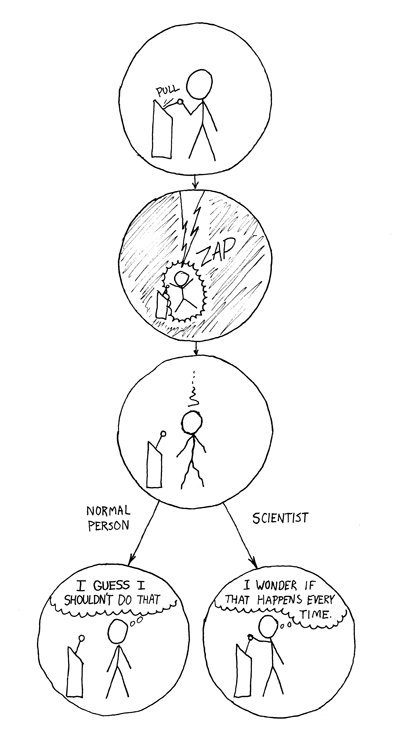I've been meaning to post an update on climate change for some time now, as I have refrained from opining since I saw Al Gore's movie "An Inconvenient Truth" several months ago. At that time, I posted a story, "
A Convenient Supposition" which called out that from the data available and collated at the time (and presented in the film) there was still a big difference between correlation and causality. Moreover, there was a long way between correlations in CO2 levels and global temperature fluctuations and the claim that one CAUSED the other. In fact, there was some considerable evidence that over the past few million years that it was the temperature changes that preceded the CO2 concentration changes, offering a strong indication that the chain of causation was reversed from what alarmists might otherwise prefer in their supporting data.
But since that time, additional evidence has been collected by Hansen and others that, to my mind, irrefutably demonstrates and validates the hypothesis that the industrial development and emission of greenhouse gases has contributed substantially to global temperature increases.
For a more detailed look at the most recent data compilations and analysis, check out the
original scientific draft report from the International Panel on Climate Change, and the
IPCC's 4th assessment report. There's a lot of good stuff in the latter, but my favorite chart from the presentation is the following.

FIGURE SPM-4. Comparison of observed continental- and global-scale changes in surface temperature with results simulated by climate models using natural and anthropogenic forcings. Decadal averages of observations are shown for the period 1906–2005 (black line) plotted against the centre of the decade and relative to the corresponding average for 1901–1950. Lines are dashed where spatial coverage is less than 50%. Blue shaded bands show the 5–95% range for 19 simulations from 5 climate models using only the natural forcings due to solar activity and volcanoes. Red shaded bands show the 5–95% range for 58 simulations from 14 climate models using both natural and anthropogenic forcings. {FAQ 9.2, Figure 1}
Some of you may have noted that the link to the latest assessment I offered above led to a draft marked "not for distribution." This was on purpose, because what I have offered was the output of the scientific communities BEFORE the politicians insisted on editing the more "inflammatory" wording. I will let you draw your own conclusions as to the intent of said edits by also pointing you to the finally approved version available on the
IPCC web site so you might make your own line-by-line comparisons.
For those too busy to track down the details, here is an example from the original draft page 2:
"Many natural systems, on all continents and in some oceans, are being affected by regional climate changes, particularly temperature increases [very high confidence]."
And in the final version:
"Observational evidence from all continents and most oceans shows that many natural systems are being affected by regional climate changes, particularly high temperatures."
Subsequent edits are similar.
Does anyone else find it odd that Politicians are telling scientists that they should be LESS certain? Usually it's the other way around. And when this particular cart is in front of the horse, the politicization of science seems very dangerous to me.
If you want more details on the political monkeying with the scientific reports, see these articles from:
The Associated Press:
"Several scientists objected to the editing of the final draft by government negotiators but in the end agreed to compromises. However, some scientists on the Intergovernmental Panel on Climate Change vowed never to take part in the process again." "The authors lost," said one participant. "A lot of authors are not going to engage in the IPCC process any more. I have had it with them," he said on condition of anonymity because the proceedings were supposed to remain confidential. An Associated Press reporter, however, witnessed part of the final meeting.
and a more detailed report from the
New York Times.
Which version do you all think the general public should be exposed to, the original scientific summary provided for policy-makers, or the watered-down version spun by the politicians?
I actually think it is important to show both, and not only get the proper technical and scientific message across, but also to expose the political maneuvering and agendas hampering action on important scientific issues.









































